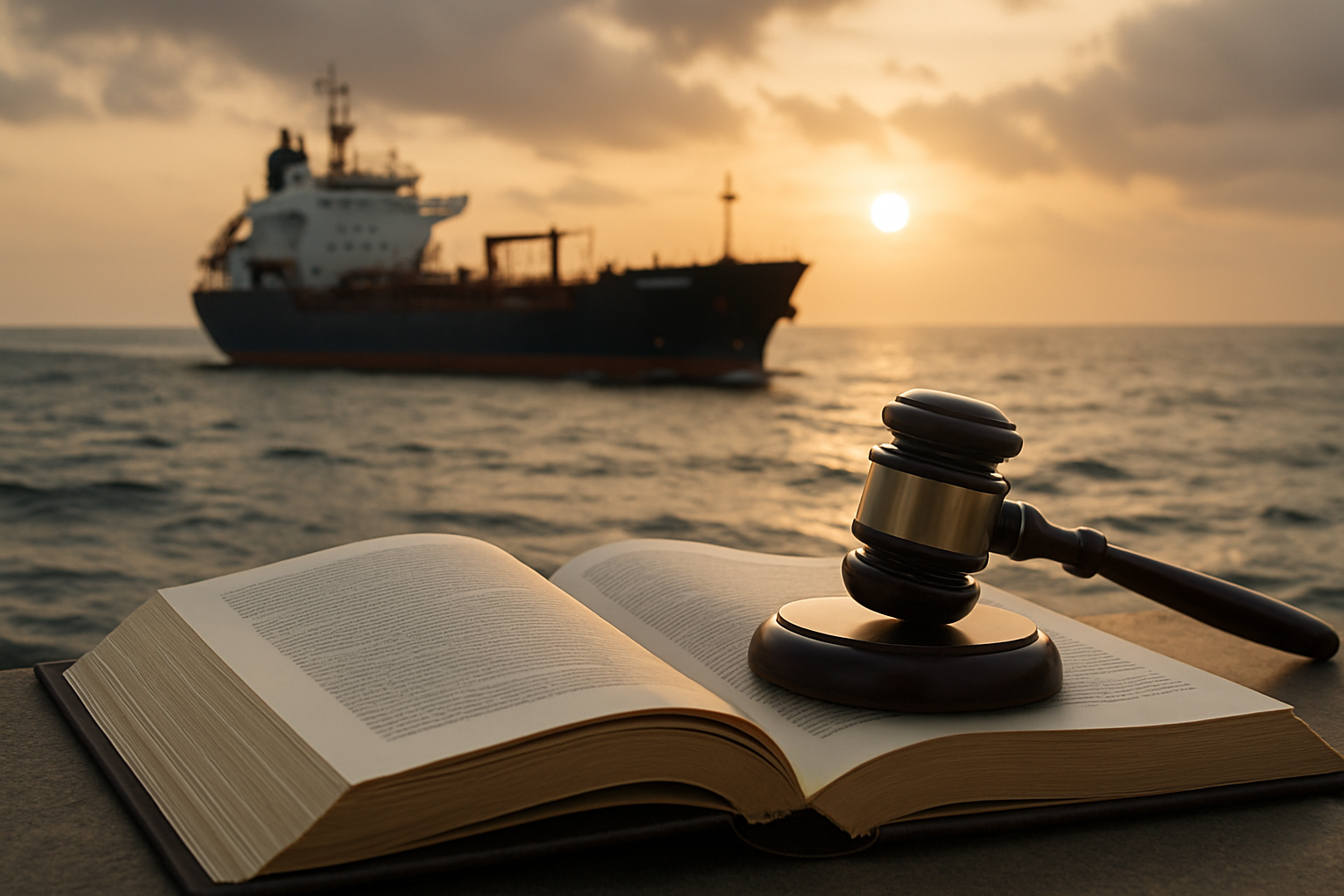Decoding the Complexities of Admiralty Law
Introduction: Dive into the fascinating world of admiralty law, a specialized legal domain governing maritime affairs. From ancient sea codes to modern international conventions, this article explores the unique challenges and intricacies of legal matters on the high seas.

Jurisdiction and Scope of Admiralty Law
Admiralty law operates in a unique jurisdictional space, often transcending national boundaries. In many countries, including the United States, admiralty cases are heard in federal courts due to their international nature. The scope of admiralty law is broad, encompassing issues such as maritime contracts, torts, injuries, salvage operations, marine insurance, and environmental protection. This specialized legal field applies not only to oceans but also to navigable waters within a country, including rivers and lakes used for interstate or foreign commerce.
Key Principles and Doctrines in Maritime Law
Several fundamental principles distinguish admiralty law from other legal domains. The doctrine of maintenance and cure, for instance, requires ship owners to provide for the care of seamen who become ill or injured while in service of the vessel, regardless of fault. Another crucial concept is the maritime lien, which allows a party to claim against a vessel itself for unpaid debts or services rendered. These liens follow the vessel, even through changes in ownership, making them a powerful tool in maritime disputes.
International Conventions and Their Impact
The global nature of maritime activities necessitates international cooperation and standardization. Numerous international conventions govern various aspects of maritime law, such as the United Nations Convention on the Law of the Sea (UNCLOS) and the International Convention for the Safety of Life at Sea (SOLAS). These agreements establish rules for territorial waters, navigation rights, environmental protection, and safety standards. The implementation of these conventions has significantly shaped the development of national maritime laws and fostered greater consistency in the application of admiralty law across different jurisdictions.
Contemporary Challenges in Admiralty Law
As technology and global commerce evolve, admiralty law faces new challenges. The rise of autonomous vessels, for instance, raises questions about liability and the application of traditional maritime principles. Climate change and its effects on sea levels and weather patterns are also prompting reconsideration of established legal norms. Additionally, the increase in offshore energy production has expanded the scope of admiralty law, requiring adaptation to address issues related to oil rigs, wind farms, and other offshore installations.
The Intersection of Admiralty and Environmental Law
Environmental concerns have become increasingly prominent in maritime law. The 1989 Exxon Valdez oil spill in Alaska was a watershed moment, leading to the passage of the Oil Pollution Act of 1990 in the United States. This act significantly increased liability for oil spills and mandated stricter safety measures for oil tankers. On an international level, conventions like MARPOL (International Convention for the Prevention of Pollution from Ships) set global standards for preventing marine pollution. The growing emphasis on environmental protection has added layers of complexity to admiralty law, requiring practitioners to navigate a intricate web of regulations and liabilities.
In conclusion, admiralty law stands as a testament to the enduring importance of maritime activities in human civilization. From its ancient origins to its modern complexities, this specialized field of law continues to evolve, adapting to technological advancements, environmental concerns, and the changing nature of global commerce. As we look to the future, admiralty law will undoubtedly play a crucial role in shaping the legal landscape of our increasingly interconnected world, ensuring fair and consistent governance of the seas that connect us all.





